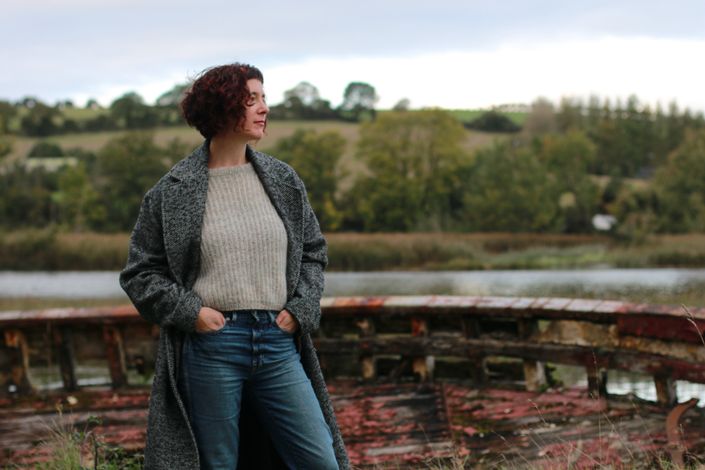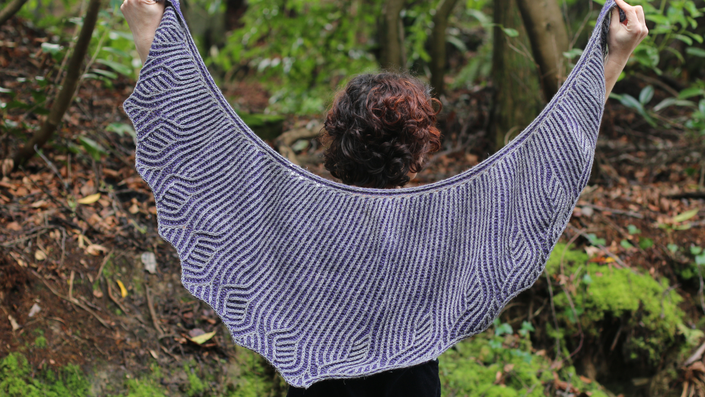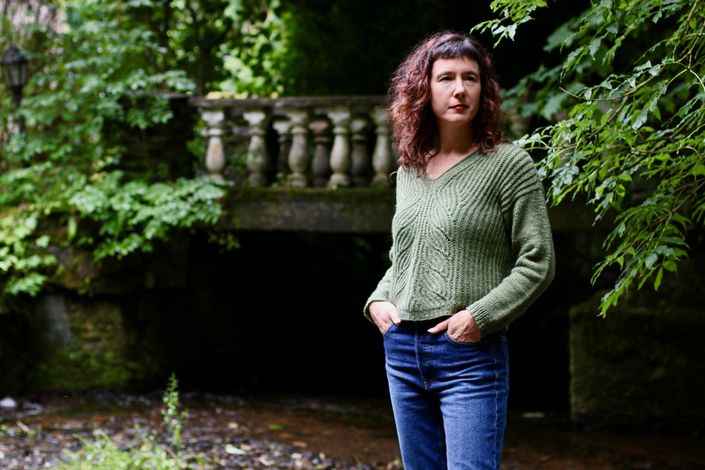What is Brioche?
The basics of Brioche are pretty simple. You are alternating a knit stitch with a slipped stitch that’s combined with a yarnover.
This means that brioche stitch looks like super squishy one by one ribbing. Due to how it is knit it’s very stretchy and wider than stockinette stitch.
Ready to have some fun? Let's dive into Brioche Basics:
Want to hear more about this course?
Press play on this video and Carol will explain brioche in more detail and some of the
tips and techniques you'll find inside this learn to knit course:
Course Curriculum
Meet Your Teacher
Carol trained initially as a textile artist and then as a structural engineer. While both of these backgrounds are very different the influences can be seen in her design work which is well-shaped, flattering to wear and enjoyable to knit.
She strives to design clothing with a difference: not overly complex, but still giving a very unique end product. She likes to work with different construction methods, so long as they enhance the knitting experience and make for a more intuitively put-together knitted item.
Carol has been widely published in books and magazine and travels the world teaching in yarn shops and fibre festivals. The classes she teaches cover a wide range of subjects from cables and chart reading, through garment shaping and customisation right through to short rows and colourwork. In her classes you'll move from learning the basics to refining your knitting skills and fixing problems.
Ready to put your skills to the test?
Browse the Learn to Knit Project Workshops below. Each one has different tips and techniques
for you to learn about Brioche and you'll find something new in each course.








